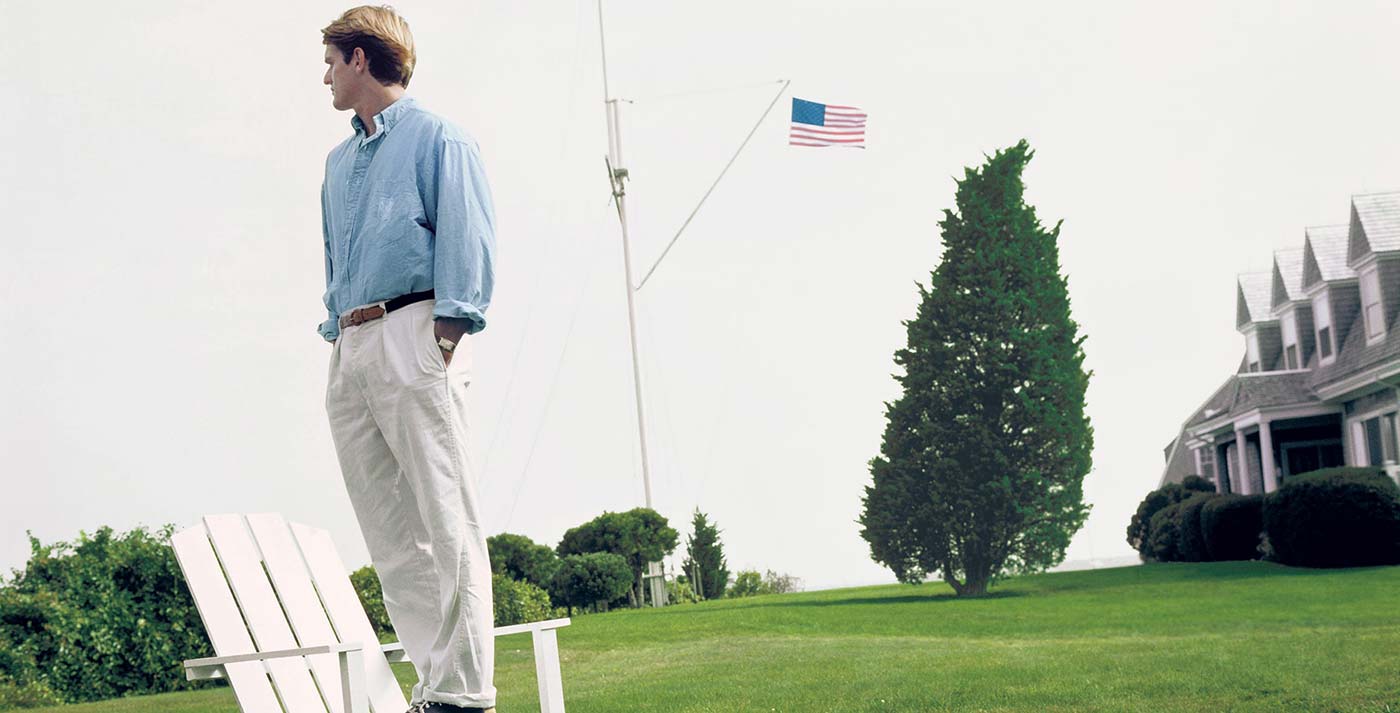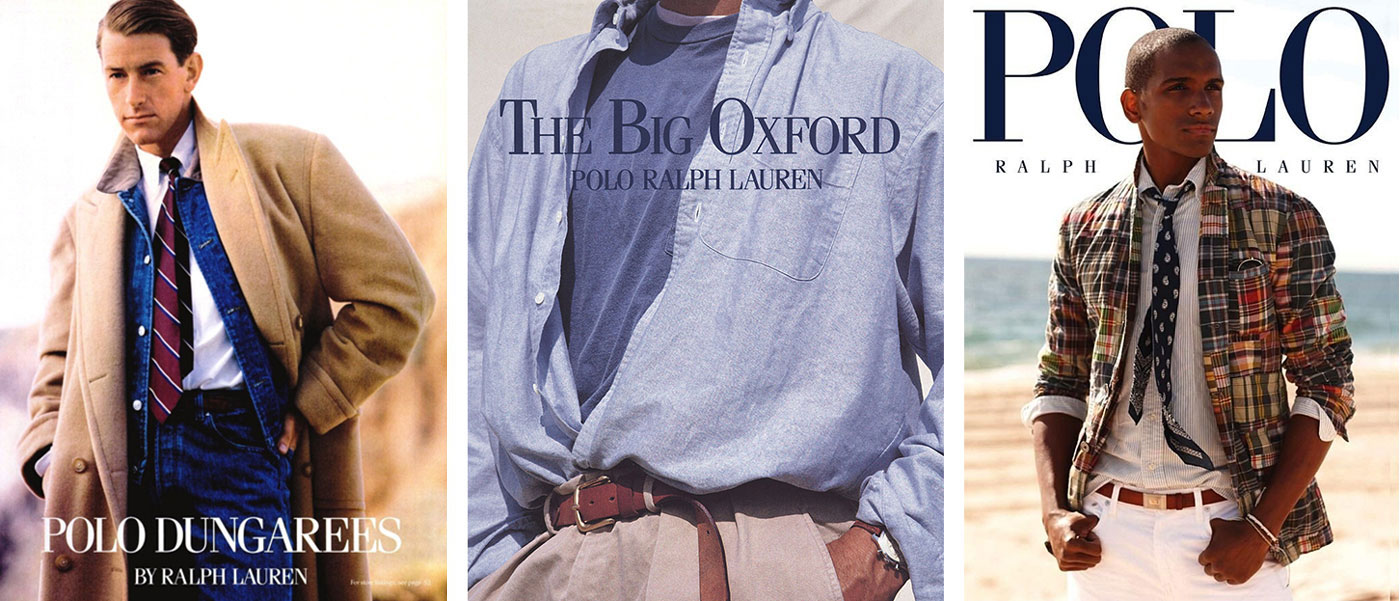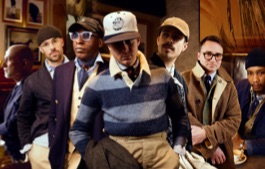
The Oxford Shirt
How a style pioneered for the sporting life became an icon of collegiate coolThe oxford shirt occupies a hallowed space alongside the navy blazer, the Polo shirt, and a great pair of jeans in a man’s wardrobe: It’s an absolute essential.
But it wasn’t always this way. This pillar of the preppy look has its origins in a 19th-century Scottish fabric mill. There, a textile manufacturer (the name of which has been lost to history) created four fabrics named for elite universities: Oxford, Harvard, Cambridge, and Yale. Each had its own distinct character, but only the one assigned to Oxford endures—thanks to its versatility, durability, and hardy weave that only gets better with time and wear.Those qualities helped oxford cloth become a favorite of late–19th-century English polo players, who took to pinning down their collars to keep them from flapping into their faces during play. Pins soon gave way to buttons, and the oxford shirt as we know it was born.
It didn’t take long for this innovation to make its way across the pond: In the late 1890s, the shirt made its first appearance in the United States, where its casual style and sporting provenance ensured a broad appeal, particularly as men stepped away from the stiff collars and stark formality of the Victorian period. The number of well-dressed men who endorsed the shirt every time they stepped in front of a camera helped spread its gospel: Fred Astaire wore a white oxford shirt during the roller-skating scene in the 1937 movie Shall We Dance, and President John F. Kennedy was photographed wearing them countless times in the ’40s, ’50s, and ’60s. Miles Davis donned a green version for the cover of his 1958 album Milestones.
The oxford shirt was also a mainstay of campus clothing stores, and by the ’60s had become an emblem of the Ivy League look—long a source of inspiration for Ralph Lauren, who introduced his signature rendition of the shirt early in Polo’s history. In 1971, Mr. Lauren debuted his first women’s oxford, which marked the arrival of another Ralph Lauren signature: the embroidered Polo Pony, which was initially sewn onto the shirt’s cuff.
Over the years, Mr. Lauren has produced countless variations on his iconic oxford, from 1991’s exuberantly oversize Big Oxford to the cotton oxford western shirt for Spring 2017. He’s also taken the fabric far beyond shirting: For Spring 1973 he created a full men’s suit out of oxford cloth; 10 years later, he was making bedsheets out of it for Ralph Lauren Home.
As Mr. Lauren himself once put it, “I started with the origins of tradition, but I was not bound by it.”
- ALL PHOTOGRAPHS Courtesy of Ralph Lauren Corporation







